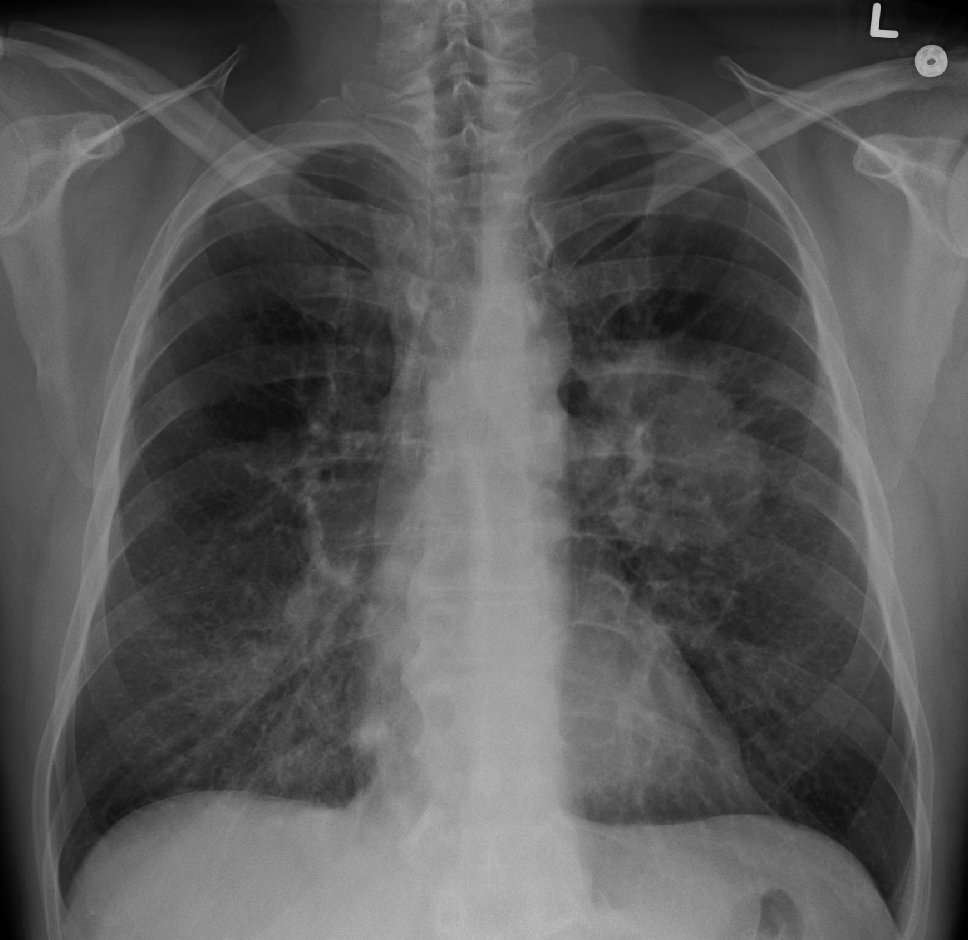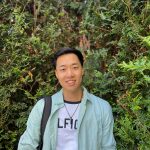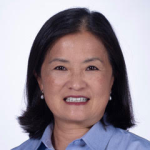When we hear the words “lung cancer,” our minds immediately ask, “Did/does the patient smoke?”
What do you as the physician, or maybe the physician-to-be, do when your patient says, “Lung cancer? Me? How could that be? I’ve never smoked!” Those were the words of Dr. Alice Lee, an emergency physician in Mesa, AZ, and Clinical Assistant Professor at UACOM-P.
Unfortunately, Dr. Lee is not a unique case. When we first stumbled upon Dr. Lee’s remarkable story of her battle against lung cancer, we were surprised to hear about a rising trend of a very specific cohort of lung cancer patients that she is a part of: the Asian American female nonsmoker.
Lung cancer is the leading cause of cancer-related deaths in the US and worldwide and a leading cause of cancer mortality among the Asian American population.1 Although the number one risk factor for lung cancer is smoking, 10-20% of lung cancers in the US are in non-smokers. And if you were to look closely at the Asian American females diagnosed with lung cancer, 57% are never smokers.
In recent years, scientific evidence has shed light on the alarming rise in the incidence of non-small cell lung cancer (NSCLC) among non-smoker Asian females. Studies have identified mutations in the EGFR and ALK genes as significant drivers of NSCLC in non-smoker Asian females, contributing to a higher susceptibility to the disease.3 Epidemiological data has also revealed a higher prevalence of EGFR and ALK mutations in the Asian population compared to other ethnic groups, underscoring the importance of tailored screening and treatment approaches.3,4 This concern prompts a reevaluation of lung cancer prevention and early detection strategies, emphasizing the need for increased awareness, genetic testing, and targeted therapies to address this specific and growing public health issue.
Currently, the United States Preventive Services Task Force (USPSTF) recommends annual lung cancer screening with low-dose computed low-dose computed tomography (LDCT) for individuals aged 50 to 80 years who have a 20-pack-year smoking history and currently smoke or have quit within the past 15 years.5 However, these guidelines do not capture the specific risks faced by the Asian American Native Hawaiian Pacific Islander (AANHPI) population, especially this cohort of non-smoker Asian females, putting them at higher risk of a later diagnosis. There is a need to advocate for more inclusive and targeted recommendations that address the unique challenges and risk factors faced by various communities, including AANHPI individuals.
Dr. Lee was one of the very few, fortunate patients to be diagnosed at the disease’s early stages and receive curative treatment. She was treated with a right upper lobe lobectomy in May of 2021 and continues treatment with Tagrisso, a specifically targeted therapy against EGFR-positive NSCLC that was identified on genetic testing. However, many are not as fortunate.
A story we would like to highlight is that of the late Dr. Patricia (Trish) Hom, MD, MPH, who passed away at the young age of 40. Just three days after finishing her rigorous OB-GYN residency at Harbor-UCLA, Dr. Hom was diagnosed with Stage IV ALK-positive lung cancer. No longer able to practice medicine, Dr. Hom became an advocate for lung cancer research and became a member of the UCSF’s Female Asian Never Smokers (FANS) study, collecting data from Asian American women in the Greater Bay area and investigating the factors leading to lung cancer in this population.
Across the country, there is another study being conducted at NYU Langone called the New York Female Asian Nonsmoker Screening Study (NY FANSS) with a similar objective. It also offers up to three annual and free low-dose CT scans (LDCT) to screen for lung cancer in Asian American female non-smokers. Both studies hope to identify new prevention methods as well as early diagnosis and treatment options for Asian women. However, this is only the beginning of uncovering the nuance of this glaring cancer health disparity.
The battle against undiagnosed lung cancer within the AANHPI population is a silent but critical one. Both Dr. Lee’s and Dr. Hom’s stories have inspired and motivated us to raise and spread awareness regarding the risks of NSCLC in this Asian American female nonsmoker population. We hope to address the challenges, advocate for change, and ultimately save lives by empowering patients to take control of their health through early screening and preventive measures.
We are excited to announce that Dr. Alice Lee will be giving a talk in November to share more about her inspiring journey and raise awareness about undiagnosed lung cancer in the AANHPI population. We invite everyone, from medical professionals to community members, to attend this event and join us in our mission to make a difference in the fight against lung cancer.
References
- Thompson, Caroline A., et al. “The burden of cancer in Asian Americans: a report of national mortality trends by Asian ethnicity.” Cancer Epidemiology, Biomarkers & Prevention 25.10 (2016): 1371-1382.
- Siegel, David A., et al. “Proportion of never smokers among men and women with lung cancer in 7 US states.” JAMA oncology 7.2 (2021): 302-304.
- Saito, Shin, et al. “Current status of research and treatment for non-small cell lung cancer in never-smoking females.” Cancer Biology & Therapy 18.6 (2017): 359-368.
- Chapman, Aaron M., et al. “Lung cancer mutation profile of EGFR, ALK, and KRAS: Meta-analysis and comparison of never and ever smokers.” Lung Cancer 102 (2016): 122-134.
- Jonas DE, Reuland DS, Reddy SM, et al. Screening for Lung Cancer With Low-Dose Computed Tomography: An Evidence Review for the U.S. Preventive Services Task Force [Internet]. Rockville (MD): Agency for Healthcare Research and Quality (US); 2021 Mar. (Evidence Synthesis, No. 198.) Available from: https://www.ncbi.nlm.nih.gov/books/NBK568573/




